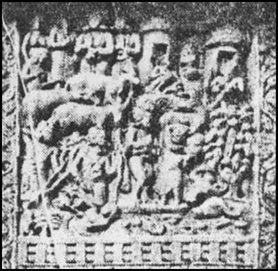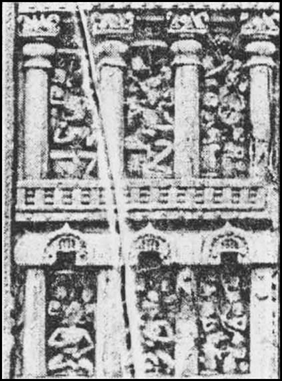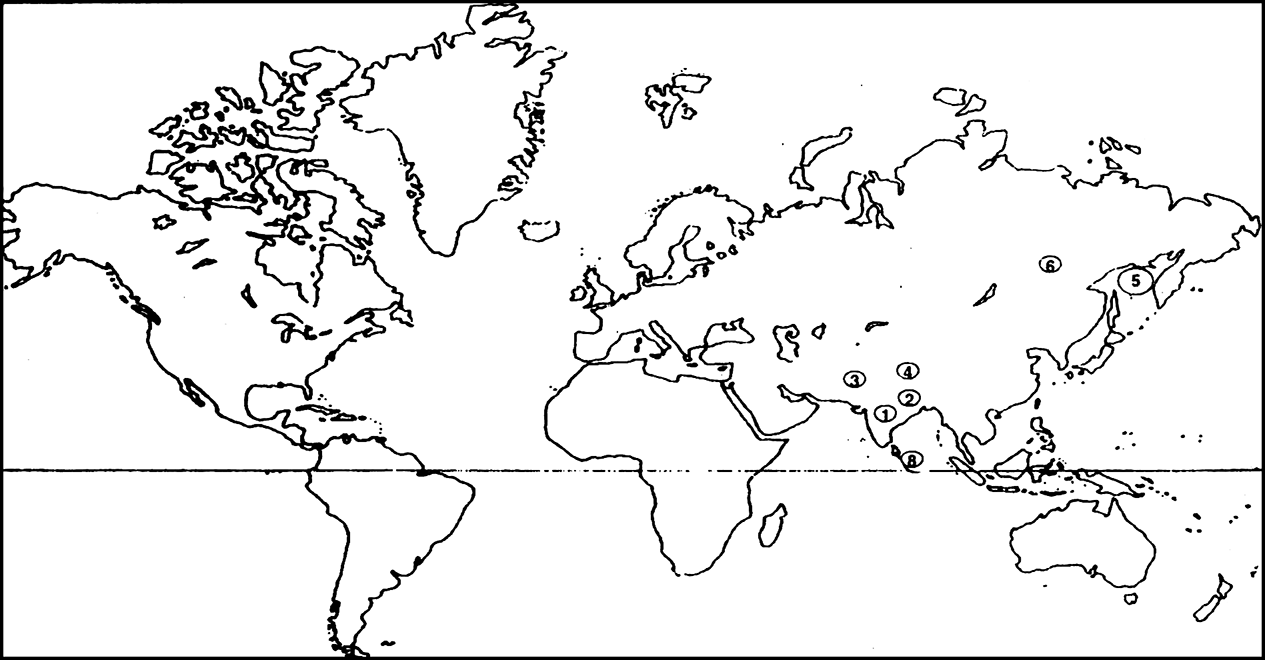Summarise the central teachings of Jainism.
The important teachings of Jainism are as follows:
(i) The entire world is animated. It is believed that even the stones, rocks and water have life.
(ii) No living-being should be injured. The basic philosophy of Jainism is not to harm or cause injury to human-being, animals, plants and insects. There is a great emphasis on the principle of ahimsa.
(iii) The cycle of birth and re-birth is shaped through Karma. If one is to escape this cycle of Karma, one must practise asceticism and penance. It is possible if one renounces the world. So one has to live in monastry to attain salvation.
(iv) Jain monks and nuns to take five bows such as (i) Not to kill anyone (ii) Not to steal anything (iii) Not to tell a lie (iv) Not to possess property (v) To observe celibacy.








